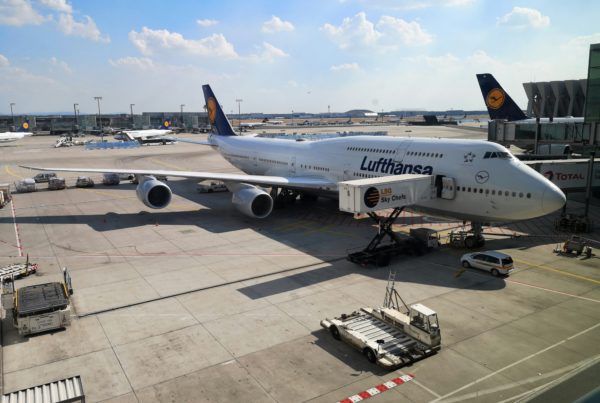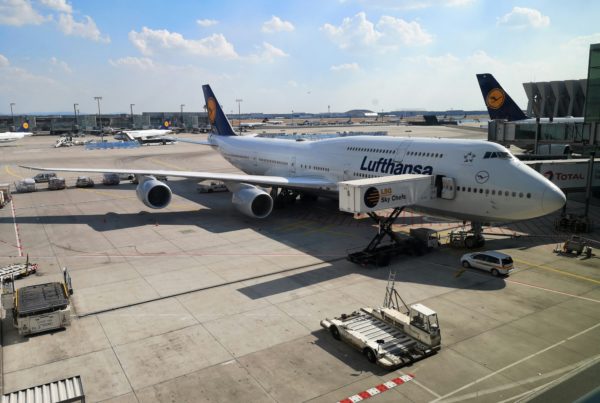Crisis in the aeronautics industry: engines fitted with counterfeit components
Warning about uncertified components
The beginning of this week was marked by a disturbing announcement from CFM, the aero-engine designer. The joint venture between Safran and GE informed its customers of the existence of engine components with altered conformity papers, issued by one of its suppliers. Precise details of the extent of the affected batches remain unknown for the time being.
Engine models affected
The engines affected by this problem are CFM56 models, which have been fitted on aircraft such as Airbus A320s and Boeing 737 NGs. This problem does not affect the "Leap" series engines, which equip the new generations of these aircraft. It should be noted that the CFM56 was built in large series, with over 34,000 units produced.
Investigation opened by EASA
Alerted by feedback from the engine manufacturer, EASA launched an investigation into the British company AOG Technics, suspected of selling "unauthorized components" through maintenance centers. The regulatory body revealed that various engine components supplied by this company were accompanied by false certifications, raising doubts about their authenticity.
A proactive approach from CFM and EASA
CFM has contacted all its customers and repair shops to assess the problem. The company reiterated that it has no relationship with AOG Technics, and supports the efforts of the authorities to shed light on the matter.
In the same vein, EASA has expressly asked operators and maintenance centers to carefully examine their records to determine whether any suspect parts originate from AOG Technics. Parts identified as adulterated should be removed to prevent their installation, and replaced with certified components if already fitted.
Guidelines for operators
- Check the origin of parts: Examine archives to identify components purchased from AOG Technics.
- Certificate authenticity: Confirm the validity of the documents associated with these parts.
- Action required: Remove from service any falsified parts not yet installed.
- Component replacement : For parts already in place, replace immediately with certified alternatives.




